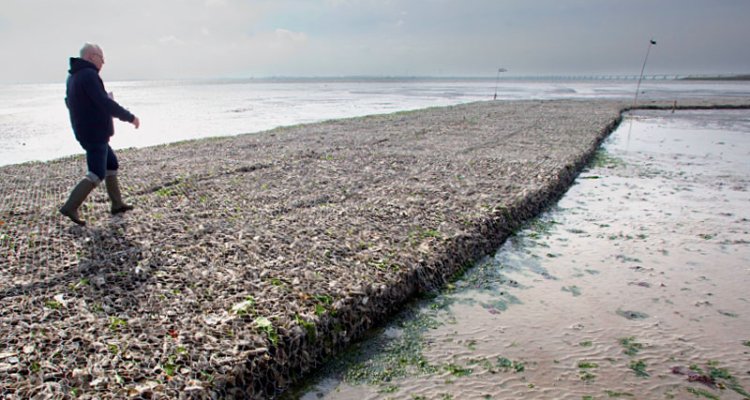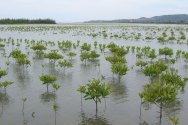
Dossier
Building with Nature
Building with nature is a concept where nature is used to cope with climate change risks, such as floods, waves and sea level rise. It is also called 'nature-based solutions' or 'eco-engineering'. In this dossier you can find news, background information and results from scientists of Wageningen University & Research.
An oyster reef to protect the coast, mangroves or willows in front of the dyke. Slowly but surely, a new insight is gaining ground: hard civil engineering interventions by themselves are not a panacea. Nature seems willing to help us keep the upper hand over the advancing waves and rising sea levels and provides us with new sources of food and income.
Water engineering projects have become a lot greener, and Wageningen has played an important role in this. Together with the water engineering sector, we are developing water works that leave natural processes intact or make them part of the solution. There could even be restoration of the natural environment.
Go to
- The Netherlands in 2120: Imagine what the world could look like if we start shaping it from a nature-based perspective today?
- Salt marshes: natural surge barriers in front of the dike
- Sand nourishment: a solution for ‘sand starvation’
- Room for the river in densely populated areas
Downloads & Links
- "Weaving dams to defend mangroves", Wageningen World no. 1 2017
- Article online: Nature lends a hand from Wageningen World no. 2 2013
- Flyer: Building with Nature
- Website: EcoShape – Building with Nature
- "Building with Nature gebruikt de natuur bij waterbouw"






